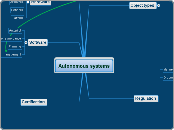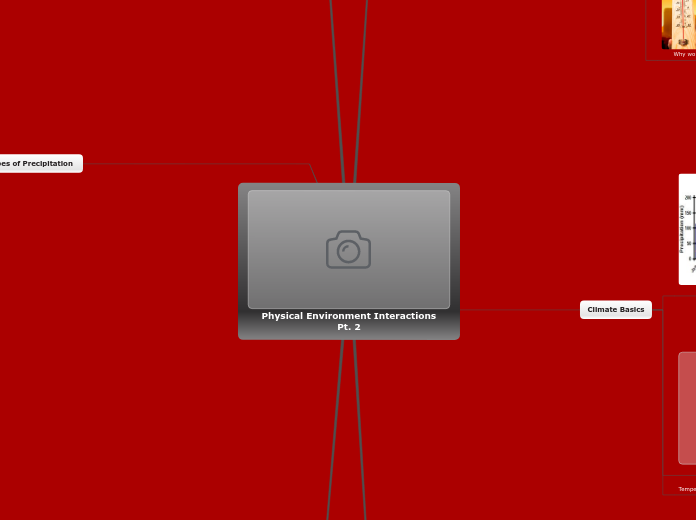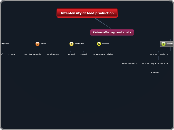Ecosystems prior knowledge
biodiversity
Different animals
Biodiversity is the variety of life in the world or in a particular habitat or ecosystem.
Biotic characteristics of an ecosystem
Competition
Predation
symbiosis
cellular respiration
The energy cycle
Living and non living things
Biotic
The living parts of an ecosystem
Abiotic
The non-living parts of an ecosystem
Abiotic Characteristics Ecosystem
Soil
Soil provides nutrients for plants and a habitat for many micro- organisms
Nutrients
All organisms need nutrients to grow. For example, plants and animals need nitrogen and phosphorus
Light
Plants and other organisms such as algae need light for photosynthesis
Oxygen
Many organisms, including plants and animals, need oxygen. Aquatic organisms get oxygen from water
Water
All organisms need water to survive. Plants take up water through
their roots. Animals need water too
roles within an ecosystem
entomophilous
animals that pollinate plants
bees
prey
birds
fish
mice
the animal that's being hunted/eaten
predator
animals that hunt other animals
wolves
Energy?
the sun
Types
grassland
tundra
freshwater
marine
biotic:
-fish
-plants
-turtles
-invertebrates
-vertebrates
-mammals
-reptiles
-amphibians
-worms
-coral
-plankton
abiotic:
-water
-rocks
-sand
desert
forest ecosystem
food chains
Every animal has a role
If something new gets introduced into a certian food chain then the whole food chain can get messed up
one animal eats another and it keeps going like a chain
Food web
A food web a system of interlocking and interdependent food chains
What is a ecosystem?
An ecosystem is a biological community of interacting organisms and their physical environment.
Human impacts
Humans have a big part on the ecosystem. Pollution is a big thing that we made that is making the earth worse. We also cut down trees were animals live.
Climate change
change in the climate or area from green house gases
Invasive species
non-native (or alien) to the ecosystem under consideration Doesnt belong in the certian ecosystem
Carrying capacity
When a population is maintained at its carrying capaticy the size of the population is at an equillibrium
Is the largest population of a species that any ecosystem can support
Symbiotic relationship
A mutualistic relationship but both organisms need each other to survive
Commensalism
one species beifits (obtains food or shelter) from the other species. Does not harm or help the other species.
Mutualism
both species benefit from the relationship.
Sustainability
Healthy enviroment
Helping the enviroment
Stewardship
Caring about the enviroment
Responsibility
the job of supervising or taking care of something, such as an organization or property
Eutrophication
A process in which nutrient levels in aquatic ecosystems increase, leading to an increase in the populations of primary producers
phosphorus cycle
The phosphorus cycle is the slowest one of the matter cycles that are described here. Phosphorus is most commonly found in rock formations and ocean sediments as phosphate salts. Phosphate salts that are released from rocks through weathering usually dissolve in soil water and will be absorbed by plants.
Nitrogen cycle
The nitrogen cycle is the biogeochemical cycle by which nitrogen is converted into various chemical forms as it circulates among the atmosphere and terrestrial and marine ecosystems. The conversion of nitrogen can be carried out through both biological and physical processes.
Organisms of the ecosystem
Decomposers
Organisms that break down detritus and releases nutrients
Detritus
Waste from dead remains from plants and animals
Producers
Makes its own food
Consumers
Eats plants and animals
Omnivores
Animals that eat both plants and animals
Carnivores
Animals that eat other animals
Herbivores
Animals that eat plants
Trophic levels
Trophic levels include primary producers and consumers
A category of organisms that is
defined by how the organisms
gain their energy
Tropic efficiency
A measure of the amount of energy or biomass
transferred from one trophic level to the next
higher level









